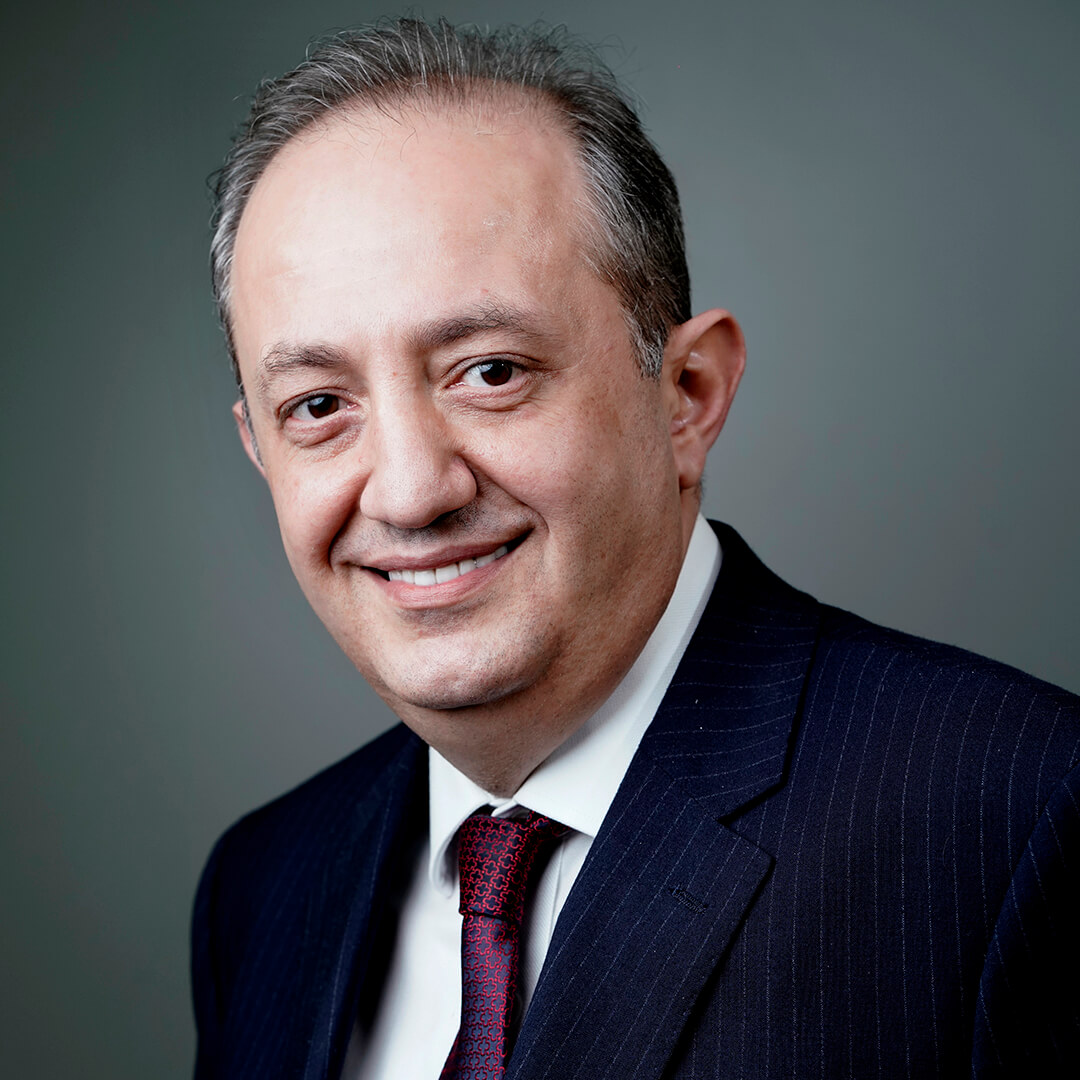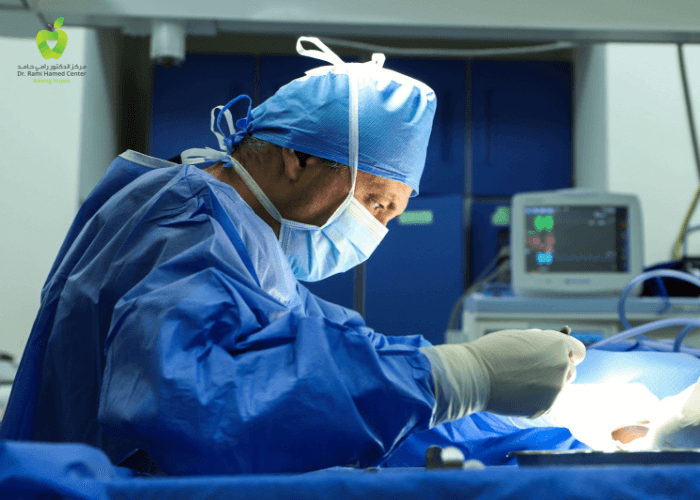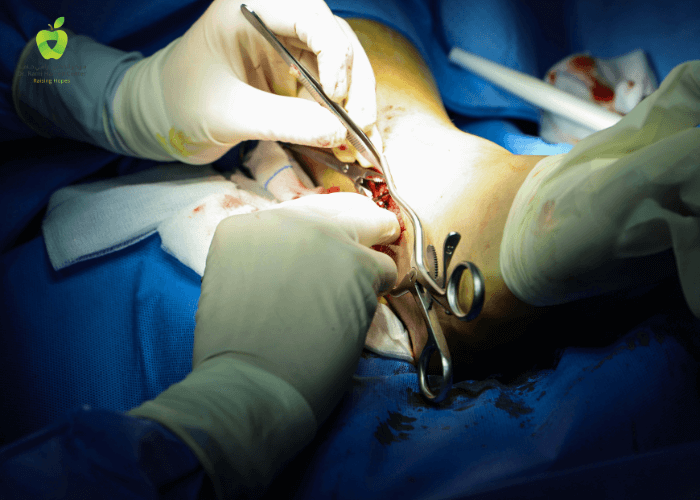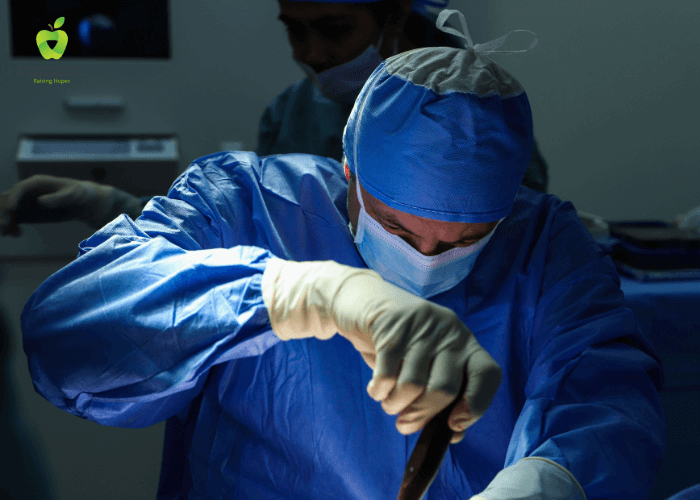Posterior Lumbar Decompression and fusion (PLDF)
Welcome to DRHC Dubai, a premier multi-specialty day case hospital that excels in delivering exceptional patient care. We specialize in a comprehensive range of medical services, including advanced orthopedics, sports injuries, spinal surgery, and other complex surgical specialties. One of our key services is the Posterior Lumbar Decompression and Fusion (PLDF), performed by our highly reputable consultant Orthopedic and spinal surgeon, Dr. Rami Hamed.
What is Posterior Lumbar Decompression and Fusion (PLDF)?
Posterior Lumbar Decompression and Fusion (PLDF) is a surgical procedure that aims to relieve pain and pressure on the spinal cord and the nerves in the lower back. The lower back is made up of the lumbar spine, where the spine curves inward toward the abdomen. The procedure involves removing some or all of the back portions of your lower back bones (called the Lamina and Facet Joints of your vertebrae), which have pinched your spinal cord and caused symptoms.
Why is PLDF Performed?
PLDF is performed to relieve chronic, debilitating pain and pressure on the spinal cord and the nerves in the lower back. By limiting movement of the vertebrae causing the pain, and by removing disc material and areas of the vertebrae that are impinging on nearby nerves, the pain is usually relieved. For patients who have tried various nonsurgical alternatives and still have chronic pain, this surgery can return quality of life.
How is Posterior Lumbar Decompression and Fusion (PLDF) Performed?
The PLDF surgery is performed through an incision in the middle of the lower back. Your surgeon will remove a window of bone in a procedure called a laminectomy, as well as ligament and parts of the joints of the spine, to take the pressure off the nerves. The fusion portion of the procedure involves using screws and rods to connect bones of the spine, along with placing bone graft material from your bone, a cadaver, or artificial bone material. These bone materials will grow over time, typically 6 – 12 months, and fuse the bones of the spine.
Who Needs Posterior Lumbar Decompression and Fusion (PLDF)?
PLDF is typically done for patients with spinal stenosis and abnormal alignment, such as spondylolisthesis (when one of the bones of the spine slips forward on top of the one below). Patients who are good candidates for surgery usually have back and leg symptoms: pain, weakness, changes in sensation, and trouble standing up straight or walking distances.
Lower back pain and pressure are often caused by lumbar spinal stenosis, which is often created by spondylolisthesis, a slippage of a spinal disc, or degenerative changes. When this happens, the disc pushes on nearby nerve roots and causes lower back pain and pain that can radiate down into the legs. Fusion may be needed to stabilize the spine, as the motion and degenerative changes can continue to irritate the nerve roots and continue to cause back and leg pain.
Degenerative disk disease in the lumbar spine can also be the cause of lower back pain and pressure. Because spinal discs do not have a blood supply, if a disc is injured due to wear and tear or a traumatic injury, it cannot repair itself. Degenerative disc disease affects nearly one-third of people between 30 and 50 years of age, although the degeneration may not be bad enough to lead to pain and future fusion surgery. If the outer portion of the disc breaks down, the inner gel-like portion of the disc can leak out and irritate nearby nerves. In some cases, the disc collapses enough to compress a nerve root. If this leads to chronic, debilitating pain, decompression and fusion surgery may be necessary.




.png?width=300&height=63&name=bookanappointment%20(1).png)




